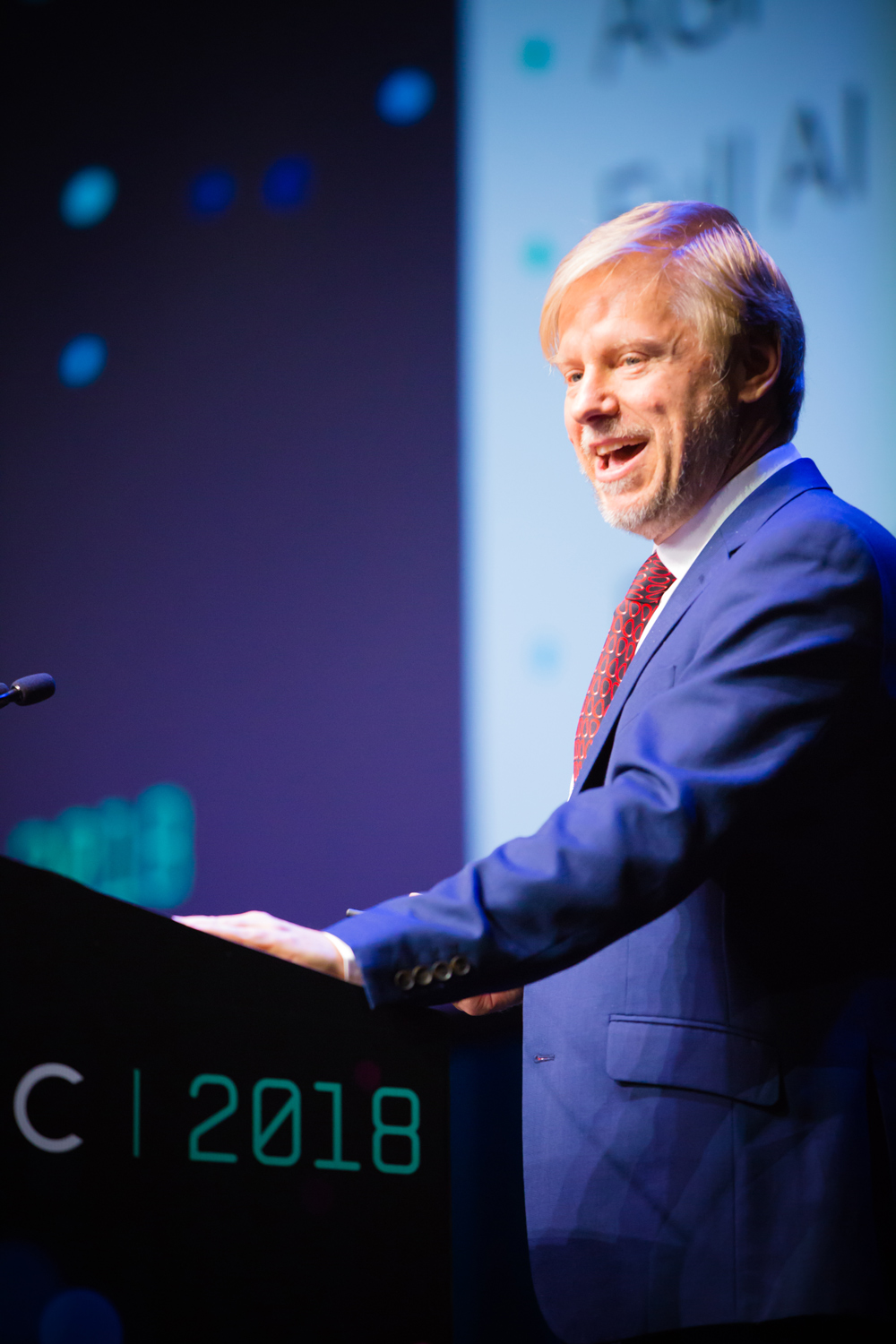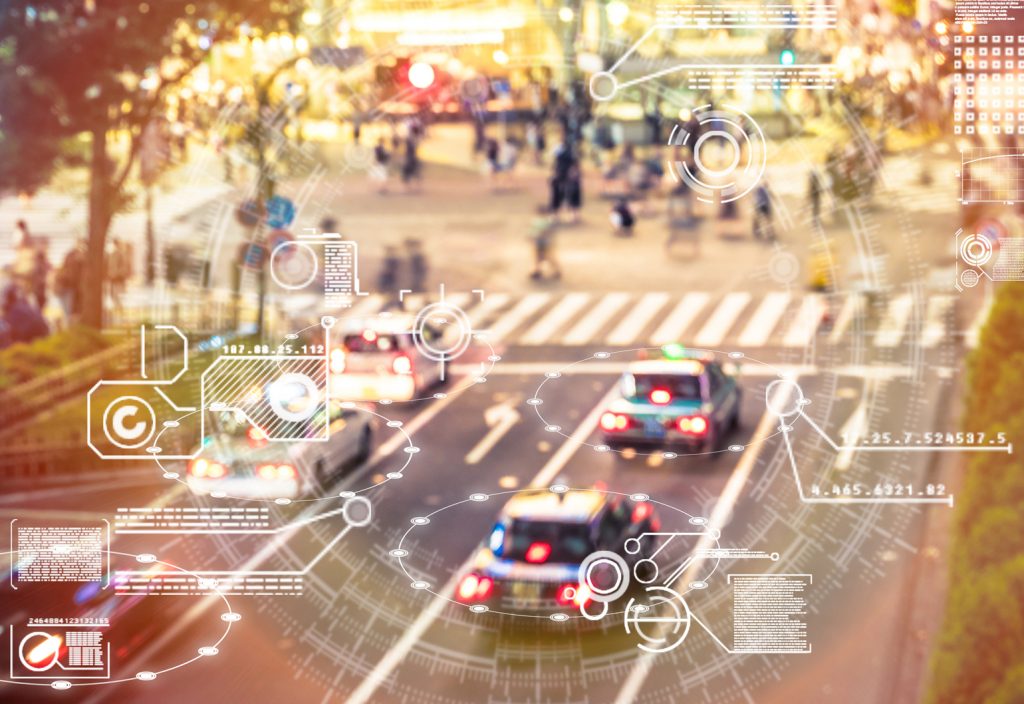From transport to media to photography, a wave of technical disruption has hit industry after industry — and infrastructure will be no exception.
What will matter will be how engineers respond to these changes. That’s what Tim Chapman, the Leader of the Infrastructure Design Group at Arup, told the Australian Engineering Conference (AEC) in Sydney today.
“The digital disruption has already actually largely happened,” he said. “As yet, that hasn’t happened in much of infrastructure systems or much of construction.”
Artificial intelligence has gotten smarter and smarter, but higher intelligence — also called artificial general intelligence or full AI — is still five to ten years away.

“We talk about AI, which includes intelligence augmentation as well as artificial intelligence, machine learning and data analytics, and this is with us at the moment,” he said. “This isn’t scary. This actually is with us; we do it in our everyday lives.”
But engineers need to plan for a future that includes computers that can think like humans.
“It will certainly happen in many of your lifetimes, and probably in mine, but it’s not here yet,” he said. “A lot of AI is multidisciplinary at the moment, and when it slowly becomes multidisciplinary and multi-thinking, it’ll move into many other areas, and in a way starts to replicate what we humans do.
“Then things become a lot more scary.”
Artificial intelligence, for instance, is better than human doctors at using patterns to do tasks like identifying cancerous moles, he said. But there are many different types of intelligence, and computers will not be smarter than humans in all ways.
“I’ve never come across — fortunately — a curious computer,” he said. “Einstein said the true sign of intelligence is not knowledge but imagination. And how many computers can imagine?”
The challenge for engineers is to use these human advantages to ensure they continue to remain relevant in a shifting future characterised by AI that is able to achieve tasks that once took people months to carry out.
“The purpose of this is to create national happiness,” he said. Infrastructure, from transport systems to urban design, should make people’s lives easier.
“Are the bridges a joy in themselves, or do they have a purpose?”
Engineers also need to ensure that the future created by AI is one that humans want to live in, and one that does not exacerbate increasing levels of economic inequality.
“For whom is society set up? What is the future of the human in the economy,” he asked.
“My world of infrastructure is about how we provide a service to society.”
The decisions that governments make about regulation and taxation is one arena in which this plays out. Governments that could not keep pace with the nimble innovation of large tech companies risked having insufficient resources to invest in new infrastructure.
“Australia’s gone through many cycles of this as Sydney and Melbourne and the other big cities get bigger and bigger, as we, as a very developed species, depend on the infrastructure systems that we want to rely on,” he said. “We need to make sure that they work and therefore need to make sure they’re designed better for cities that are changing hugely.”
AEC attendees will have a chance to see how innovative infrastructure can work when they take a tour of Sydney’s Central Park complex tomorrow for one of the conference’s offsite forums.
Central Park is an award-winning engineering masterpiece that maximises self-sufficiency through renewable energy sources and sustainable water supplies. A $2 billion urban village, it sits across a 5.8-hectare site, with one third dedicated to open space, and features 11 buildings, 1800 apartments and shops and restaurants.
The site is powered by its own tri-generation thermal energy plant, and its 23 green walls have their own irrigation systems. The complex has its own recycled water network.
It’s an example of the ingenuity humans have — for now — over AI. And its distinctiveness is a marked difference from the tendency towards sameness encouraged by technology and other processes.
“I do worry we’re in a world where procurement will lead us to ever more blandness,” Chapman told the AEC.
Fortunately, no amount of technical disruption has yet stopped humans from being interesting.
